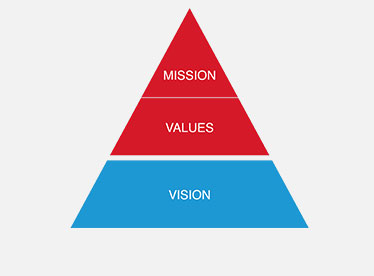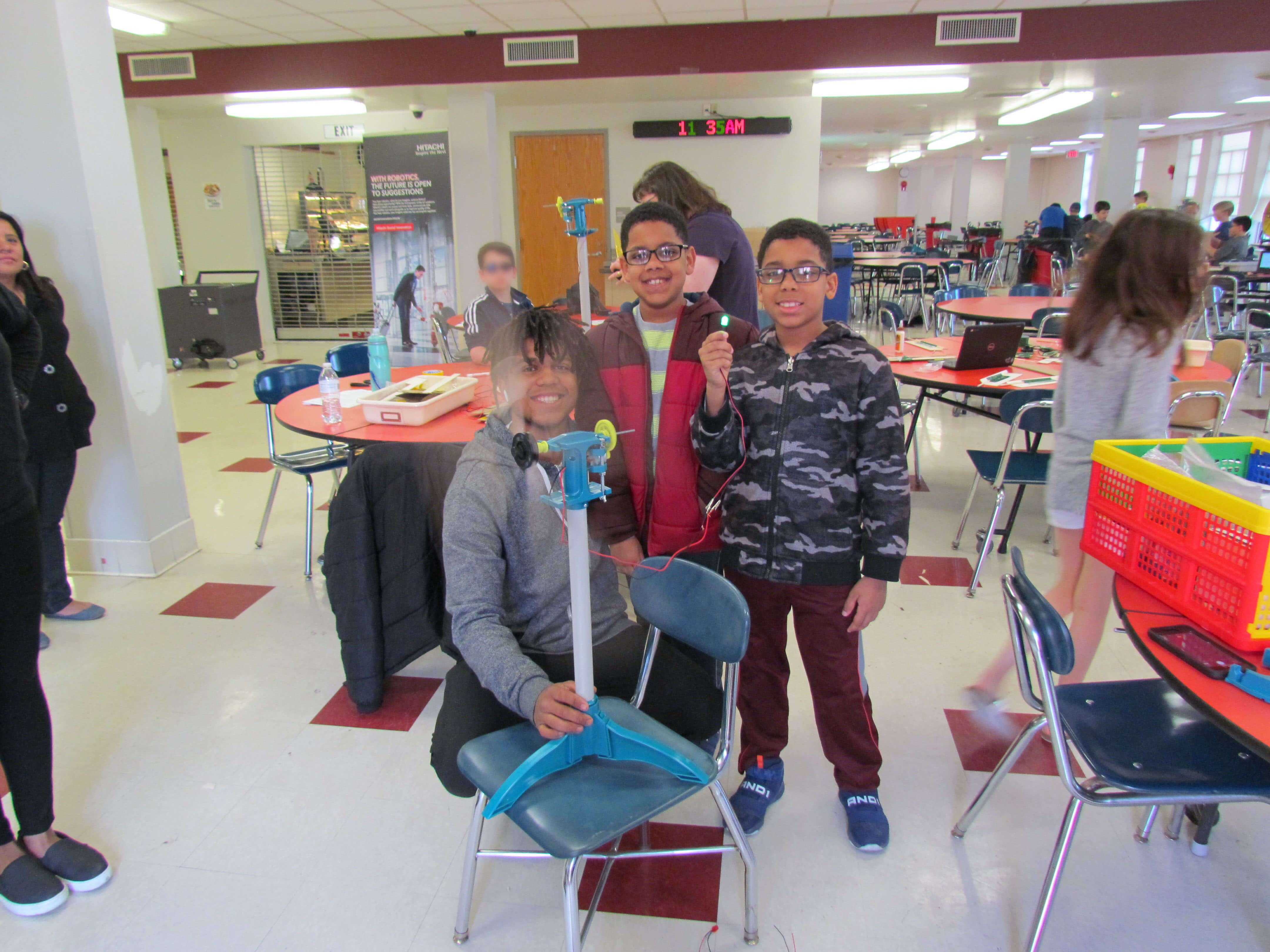-
Products
-
Transportation & Mobility Solutions
Transportation & Mobility Solutions
At Hitachi, we engineer industry-leading transportation and mobility solutions by leveraging decades of knowledge and using high-quality automotive material and components.
-
Energy Solutions
Energy Solutions
We believe the only solution for fulfilling the growing power requirements of industries and society is through a comprehensive portfolio of sustainable energy solutions and delivering innovative high-efficiency energy systems.
-
IT Infrastructure Services
IT Infrastructure Services
Hitachi’s state-of-the-art IT products and services are known to streamline business processes which result in better productivity and a higher return on investment (ROI).
-
Social Infrastructure: Industrial Products
Social Infrastructure: Industrial Products
Within the industrial sector, Hitachi is consistently delivering superior components and services, including industrial and automation solutions, useful in manufacturing facilities.
-
Sustainable Minerals and the Circular Economy
Sustainable Minerals and the Circular Economy
Meeting the challenges of the green energy revolution necessitates the sustainable production of more minerals. Hitachi is dedicated to enabling these advances by providing robust solutions across the entire mining value chain.
-
Healthcare & Life Sciences
Healthcare & Life Sciences
At Hitachi, we believe that healthcare innovation is crucial to a society’s advancement. A strong healthcare sector is often considered an inseparable element of a developed society.
-
Scientific Research & Laboratory Equipments
Scientific Research & Laboratory Equipments
Hitachi focuses on extensive research and development, transformative technology, and systems innovation to unfold new possibilities and create new value through scientific endeavors that strengthen the connection between science and social progress.
-
Smart Audio Visual Products
Smart Audio Visual Products
Since 1956, Hitachi audio visual products have provided state of the art solutions to consumers all over the world. It has been our pleasure to design competitive products at the lowest possible prices while maintaining our industry-leading quality standards for your comfort and enjoyment.
-
View All Products
Hitachi Products & Solutions
Hitachi, a technology leader in the U.S., offers a diverse set of products and solutions, and breakthrough technologies for smart manufacturing, green energy and mobility solutions that empower governments, businesses, and communities.
-
Transportation & Mobility Solutions
- Social Innovation Solutions
-
About Us
-
Hitachi in the U.S.A.
Hitachi in the U.S.A.
Discover information about the Hitachi group network across the Americas, upcoming events and sustainability endeavours, CSR policies, and corporate government relations.
-
About Hitachi Group
About Hitachi Group
Explore our leadership team, investor relations, environmental vision, and sustainability goals. Learn how Hitachi is leveraging its research & development capabilities for social innovation across industry verticals.
-
Hitachi in the U.S.A.
- News Releases
- Case Studies
- Careers
- R&D
Hitachi America, Ltd. Hosts Spring Science Challenge as a STEAM Education Initiative
In March, HAL’s Tarrytown Community Action Committee (CAC) collaborated with local Sleepy Hollow High School to host a Spring Science Challenge with an objective to get kids interested in STEAM (science, technology, engineering, arts and math) Education at a young age. Over 40 students from 4th, 5th and 6th grade participated in the event, where they worked in small teams to build wind turbines. HAL’s CAC worked with the school to develop this program, provided all the supplies and volunteered at the event, assisting the kids with their experiments.
To kick off the event, Michael Lubas, product manager for HAL’s industrial motors and generators, shared his wind turbine expertise with the students. His presentation taught students about the history of wind power as well as the many types of wind turbines.
Then, the groups constructed the wind turbine itself, following instructions to assemble the generator technology. Once the base of the turbine was complete, the middle schoolers were encouraged to use their creativity in designing the blades of the wind turbines. The kids were inspired by Mr. Lubas’ presentation and thought carefully about the shape, size and length of their blades.
Once each group had developed a turbine, they tested how much energy the turbine could generate, using three different light bulbs. The light bulbs, colored red, green and blue, required different amounts of energy to illuminate. Each group started with the red lightbulb, which required the least energy and worked up to the blue lightbulb. The kids took this opportunity to experiment with the shape, size and angle of the blades, determining which aspects gave the wind turbine the most power. In addition, they were able to measure the exact energy output of their wind turbine using a multimeter; some teams were able to generate 4 volts of electricity – enough to power a remote control!
It was thrilling to see the students engage with thought provoking questions about the mechanics of generating electricity through wind power. They demonstrated active team work and there was a strong sense of community amongst all attendees. The students’ ingenuity and creative perspectives from start to finish offered a promising look at the future of STEAM.
Students and teachers alike had great things to say about the event. “It was fun getting all the pieces together for the wind turbine. It was also fun failing then succeeding and being in 2nd place.” said Mia Rivera. Her teammate Madeleine Choi remarked, "It was collaborating with my friends. It was cool to how the different blade designs could change the amount electricity we produced."
One Sleepy Hollow science teacher reflected, "Students were introduced to the importance and specific real-world application of efficient wind turbine design, and then had a chance to be junior engineers in attempt to apply their own scientific knowledge and intuition to a corresponding wind turbine design activity. Students were allowed to engage in the scientific process, in the sense that they hypothesized potential solutions and then had an opportunity to redesign around what was learned from initial results. I think students left with a better understanding of renewable energy, electricity in general, and the overall engineering process. As a volunteer, it was rewarding for me to see the next generation of problem solvers begin to consider the importance of clean, renewable energy."
The wind turbine challenge was a great opportunity for the students to participate in STEAM learning while having fun and was a great way for HAL’s CAC to get involved in the local community. HAL looks forward to collaborating with local communities on future projects and STEAM endeavors.














